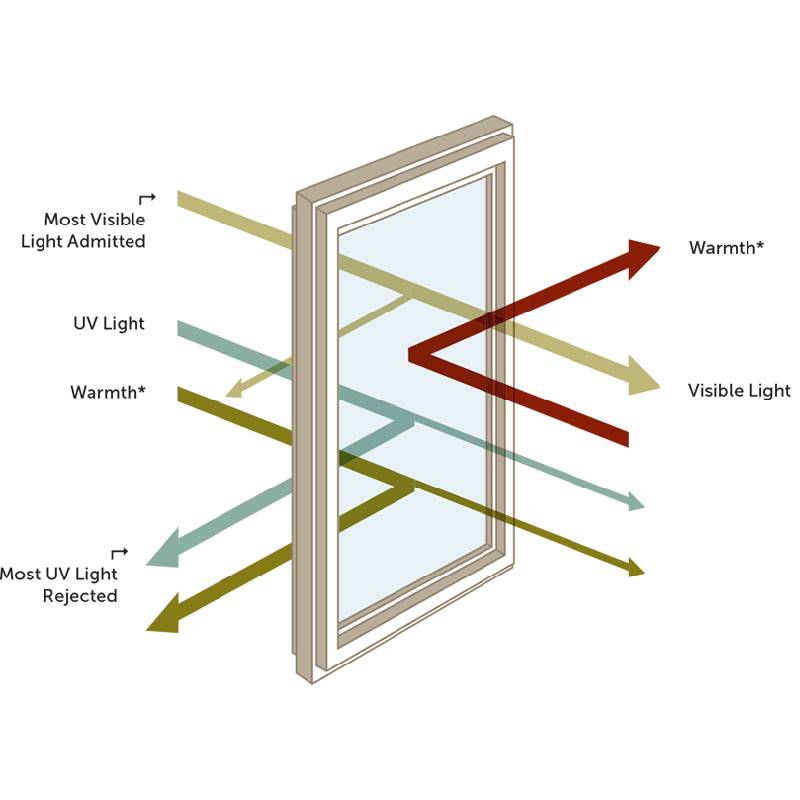

Heat Mirror Glass Revolutionizing Energy Efficiency in Modern Architecture
In the quest for sustainable building solutions, heat mirror glass has emerged as a groundbreaking innovation in the realm of architecture and construction. This advanced glazing technology combines the principles of thermal insulation and solar control to create an environment that is not only aesthetically pleasing but also energy-efficient. As the world becomes increasingly aware of the importance of reducing energy consumption and greenhouse gas emissions, heat mirror glass offers a viable solution for both residential and commercial buildings.
At its core, heat mirror glass is a type of insulated glass that incorporates a thin, metallic coating. This unique feature allows the glass to reflect radiant heat while permitting visible light to enter. By trapping heat within a space during colder months and reflecting it back during the warmer months, heat mirror glass effectively reduces the reliance on artificial heating and cooling systems. This dual functionality is particularly advantageous in regions with fluctuating temperatures, where maintaining a comfortable indoor climate can be challenging.
One of the primary benefits of heat mirror glass is its remarkable energy efficiency. By minimizing heat transfer, buildings equipped with this type of glazing can significantly decrease their energy consumption. Studies have shown that using heat mirror glass can reduce heating and cooling costs by up to 30%, making it a highly cost-effective solution over time. As energy prices continue to rise, property owners are increasingly seeking ways to cut expenses without compromising comfort, and heat mirror glass presents a powerful option.

Moreover, the environmental impact of using heat mirror glass cannot be overlooked. By lowering energy consumption, buildings are inherently more sustainable, contributing to a reduction in carbon emissions. In an era where climate change is a pressing concern, the adoption of energy-efficient materials like heat mirror glass aligns with global sustainability goals. This innovation not only addresses immediate energy challenges but also positions buildings as responsible stewards of the environment.
In addition to its energy-saving attributes, heat mirror glass enhances the aesthetic appeal of buildings. Available in various styles and finishes, it can complement diverse architectural designs while allowing natural light to flood interior spaces. This attribute is particularly attractive to designers and architects who are keen on integrating energy-efficient solutions without sacrificing beauty. The ability to create visually striking buildings that also prioritize sustainability is a significant advantage in today’s competitive architecture landscape.
The use of heat mirror glass is not limited to new construction projects; it can also be retrofitted into existing buildings. This flexibility allows property owners to upgrade their current windows without undergoing extensive renovations, making it a practical choice for those looking to improve energy efficiency in older structures. The retrofitting process is straightforward and can yield immediate benefits in terms of energy savings and comfort.
In conclusion, heat mirror glass represents a significant advancement in building technology, providing an effective means of enhancing energy efficiency, aesthetic appeal, and sustainability in architecture. As the demand for environmentally conscious building practices continues to grow, adopting innovative materials like heat mirror glass will be crucial for creating spaces that are not only functional but also harmonious with our planet. Embracing such technologies is essential for architects, builders, and property owners aiming to make informed, responsible choices that contribute to a more sustainable future.